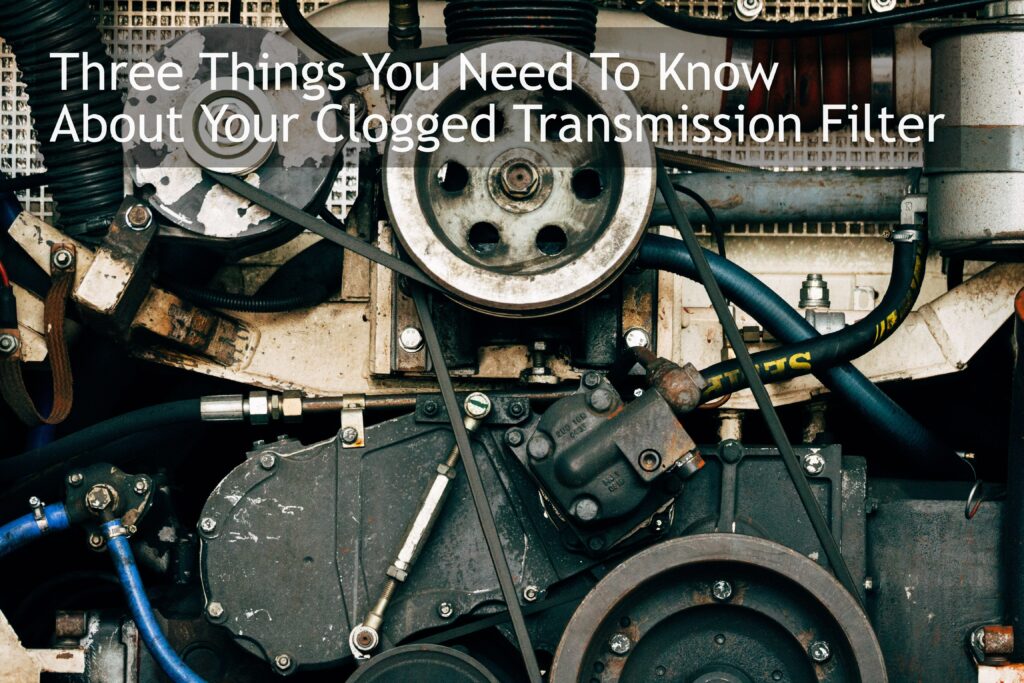Keeping your transmission clean helps to guarantee its longevity, and one of the most important parts to maintain for transmission cleanliness is the transmission filter. Some clogging is expected though, so it’s important to know not only how to prevent bad clogging, but what to do if bad clogging happens.
How to prevent transmission clogging
Like an oil change, a transmission filter can and should be changed routinely. Most vehicles – new and old – should get a new transmission filter every two years or every 30,000 miles. If you’ve owned your car for longer than two years and have never changed the transmission filter, consider taking it in for a car transmission inspection at a transmission shop in Chattanooga.
You can also clean the transmission filter yourself with disc brake cleaner, but you will run a greater risk of damaging the filter if you do it yourself.
How to tell the symptoms of clogged transmission filter
Maybe you’ve owned your car for longer than two years without ever cleaning or changing the transmission filter. That’s ok! Just be on the lookout for some common symptoms of clogging, and consider taking your car in for a transmission inspection within the next few months to have the filter checked or replaced.
Grinding noises, transmission leaks, burning smells, noisy idling, and shifting delays are all common symptoms of a clogged filter. If you notice any of these, take your car to a transmission auto repair shop in Hixson or Chattanooga.

How much it will cost to fix clogged transmission
Fortunately, transmission filters aren’t terribly expensive. The parts for replacement will likely only cost $50-$100. Labor costs can range anywhere from $300-400, depending on which shop you choose.
Our official recommendation is to take your car in to have professionals change the filter, but we also grant that you can save money if you’re willing to take some risks and fix it yourself. Just remember, if something goes wrong on a DIY project you often wind up spending more money than if you’d taken your car into a shop in the first place.
